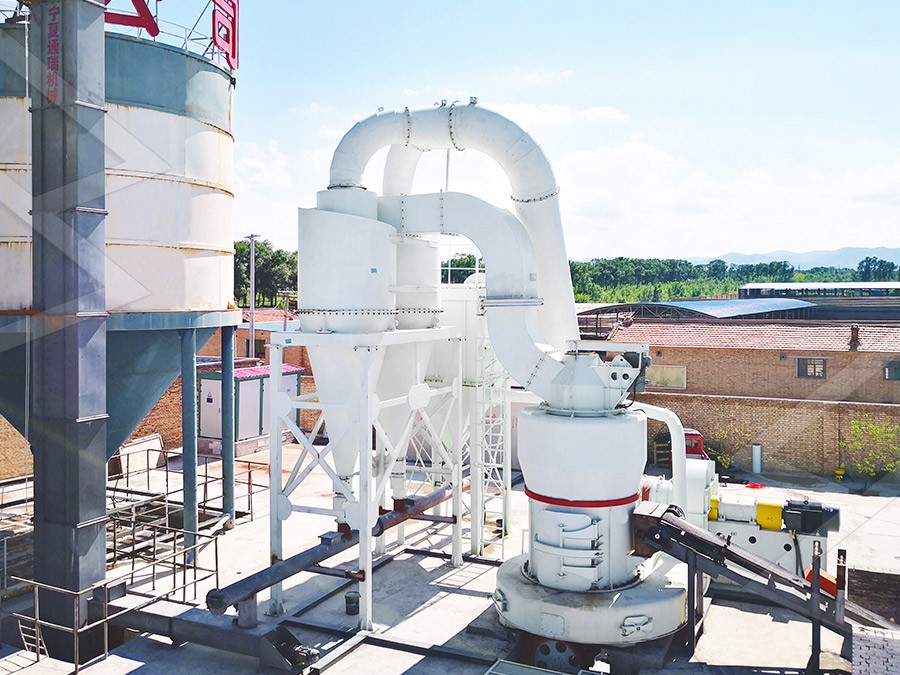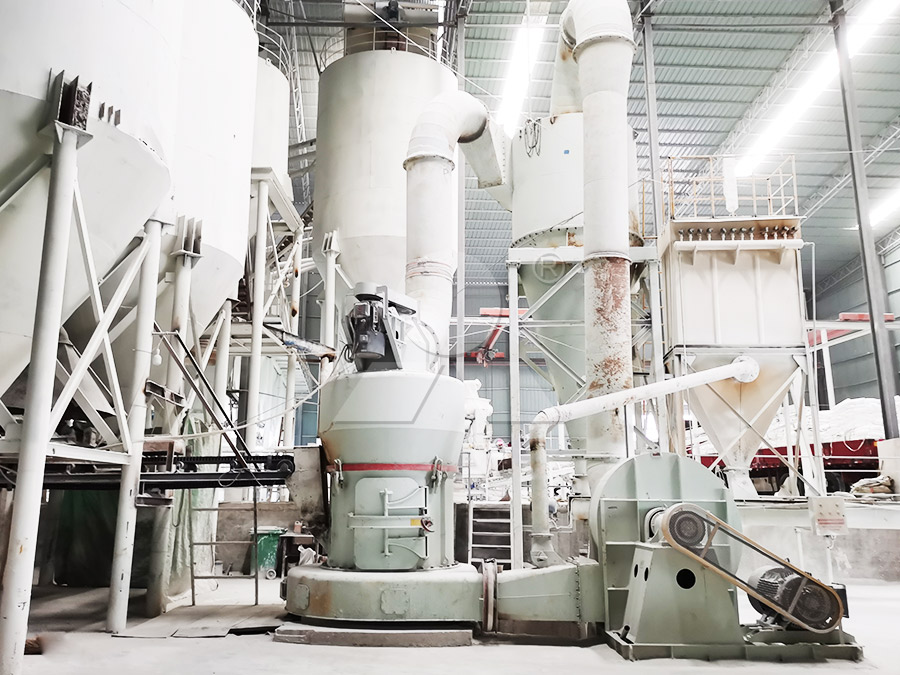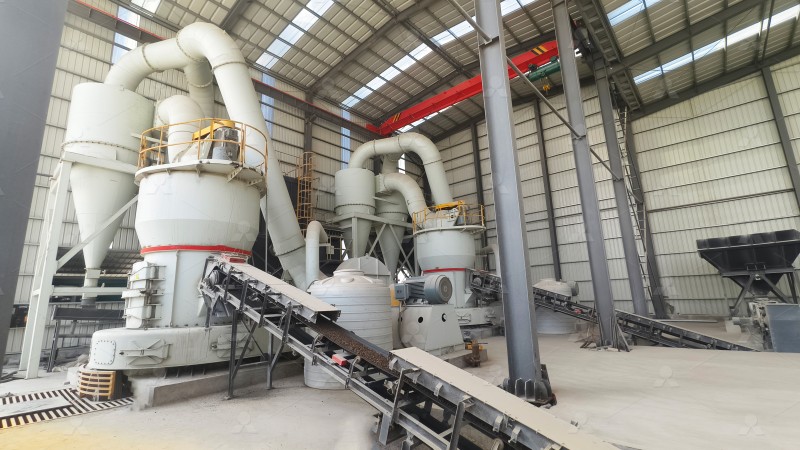Analysis of Price and ROI for 120 Mesh Trapezium Mill in Lime Processing for Paper Industry
Analysis of Price and ROI for 120 Mesh Trapezium Mill in Lime Processing for Paper Industry
The paper manufacturing sector relies heavily on precisely ground lime products for multiple critical applications, including filler material, coating agents, and chemical recovery processes. Achieving the optimal 120-mesh fineness (approximately 125 microns) is paramount for product quality and operational efficiency. This analysis examines the economic considerations and return on investment for trapezium mill technology in lime processing operations.
Technical Requirements for Lime Grinding in Paper Production
Lime used in paper manufacturing must meet stringent specifications regarding particle size distribution, purity, and brightness. The 120-mesh standard represents a balance between surface area, reactivity, and retention properties within the paper matrix. Traditional grinding solutions often struggle with consistent output quality, excessive energy consumption, and high maintenance requirements.

Modern trapezium mills address these challenges through advanced engineering designs that optimize grinding efficiency while minimizing operational costs. The geometric configuration of grinding rollers and rings creates a unique material bed compression that enhances size reduction while reducing wear component consumption.
Economic Considerations in Mill Selection
When evaluating grinding equipment for lime processing, paper manufacturers must consider both capital expenditure and long-term operational economics. The initial purchase price represents only 25-35% of the total cost of ownership over a typical 7-year equipment lifecycle. Energy consumption, maintenance requirements, and production downtime constitute the significant majority of expenses.
For operations requiring 120-mesh lime powder, we particularly recommend our MW Ultrafine Grinding Mill which offers exceptional value through its innovative design. With an input size capability of 0-20 mm and capacity ranging from 0.5-25 tph, this machine provides the flexibility needed for varying production demands. The MW series achieves 40% higher production capacity compared to jet mills and double the output of ball mills at equivalent fineness levels, while reducing system energy consumption by 30%.
Return on Investment Analysis
The ROI calculation for trapezium mill implementation must account for multiple financial factors beyond simple equipment costs. Key considerations include:
- Reduced energy consumption per ton of processed material
- Lower maintenance frequency and component replacement costs
- Increased production throughput and consistency
- Enhanced product quality leading to premium pricing
- Reduced environmental compliance costs

Our MW Ultrafine Grinding Mill demonstrates particular ROI advantages through its unique features. The absence of rolling bearings and screws in the grinding chamber eliminates common failure points, while the external lubrication system enables maintenance without production stoppages. The cage-type powder selector, incorporating German technology, provides precise control over fineness between 325-2500 meshes, ensuring consistent 120-mesh output with d97≤5μm screening rate.
For operations with space constraints or requiring vertical configuration, the LUM Ultrafine Vertical Grinding Mill presents an excellent alternative. With input size of 0-10 mm and capacity of 5-18 tph, this mill integrates Taiwanese grinding roller technology with German powder separation systems. Its reversible structure simplifies maintenance operations, while multi-head powder separating technology reduces energy consumption by 30-50% compared to conventional mills.
Operational Efficiency and Environmental Compliance
Modern paper mills face increasing pressure to minimize environmental impact while maintaining profitability. Advanced trapezium milling technology addresses both concerns simultaneously. The integrated pulse dust collection system in our MW series ensures no dust pollution during operation, while silencers and noise elimination rooms maintain workplace compliance with stringent regulations.

Digital processing of core components ensures higher machining precision and operational reliability. With numerical control governing cutting, bending, planing, milling, and painting operations, equipment longevity and performance consistency are significantly enhanced.
Frequently Asked Questions
What is the typical payback period for a trapezium mill in lime processing applications?
Most operations achieve complete ROI within 18-24 months through energy savings, reduced maintenance, and increased production efficiency. The exact timeframe depends on operational scale and local energy costs.
How does the MW Ultrafine Grinding Mill maintain consistent 120-mesh output?
The advanced cage-type powder selector with multiple heads allows precise adjustment of separation parameters. Combined with optimized grinding curves of rollers and rings, this ensures consistent fineness control even with variations in feed material characteristics.
What maintenance requirements should we anticipate?
The MW series requires significantly less maintenance than conventional mills. The absence of internal bearings and screws eliminates common failure points. External lubrication enables continuous 24-hour operation without shutdowns for maintenance.
Can the mill handle variations in lime moisture content?
Yes, both the MW and LUM series incorporate integrated drying capabilities that can accommodate moisture variations up to 10% without affecting grinding efficiency or product quality.
What technical support is available after installation?
We provide comprehensive technical services and original spare parts support to ensure worry-free operation. Our service network covers installation supervision, operational training, and prompt technical assistance.
